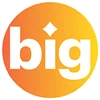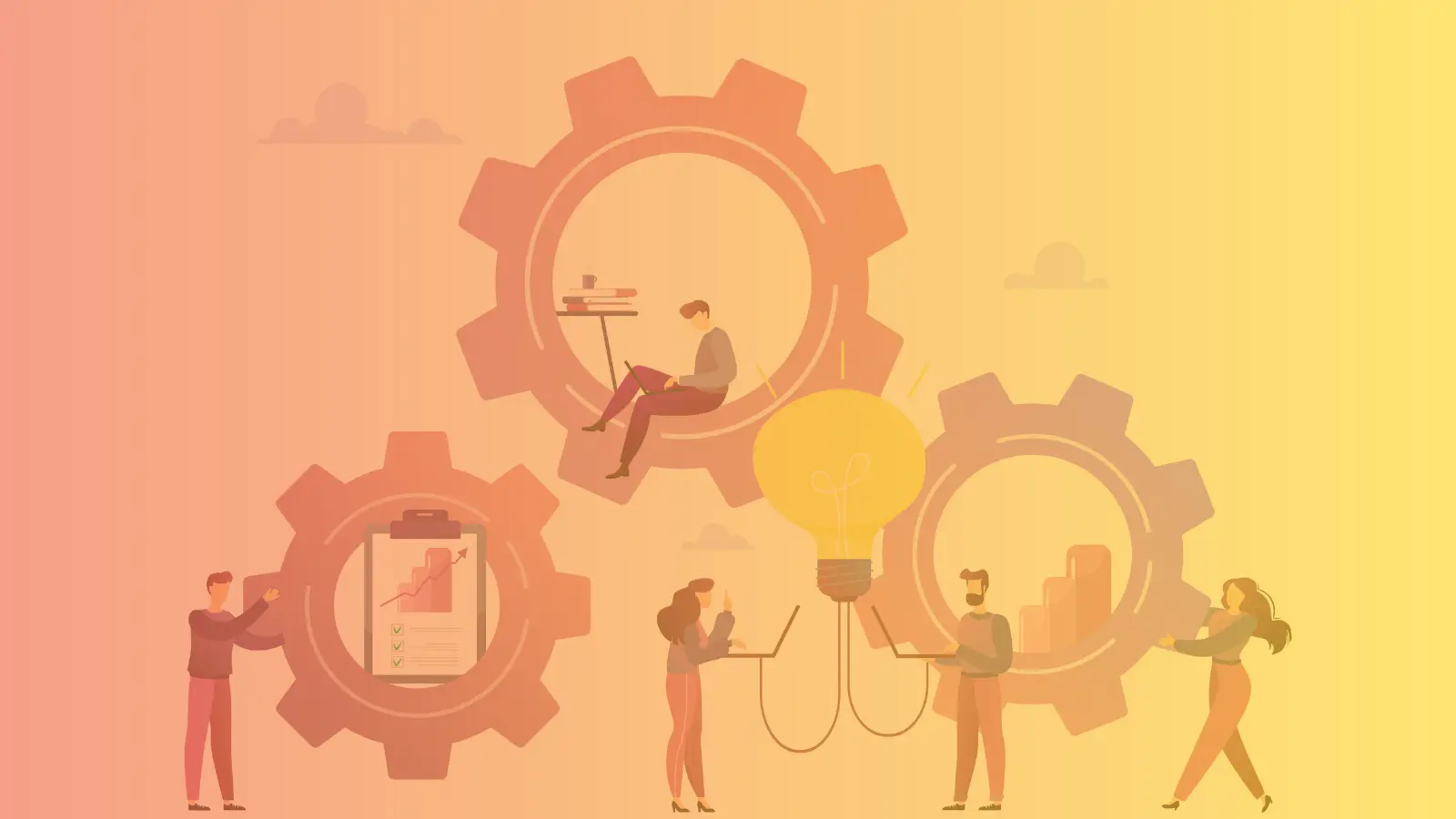Start With Asking The Right Question(s)
Consultants find answers, and innovation consulting is no different. However, our design thinking process starts with asking the right question(s) before seeking solutions. We call this process insight generation or finding the human-centered ‘why’ behind superficial ‘what’ we observe.
In a recent engagement, the client observed their team and stated that our objective was to help “incorporate our users’ experiences and feedback into enhancing our service offerings.”
For our employees struggling to incorporate user feedback, there must be a better way to collaboratively gather and use this data to make services more accessible.
This emphasis on the user is a positive first step; however, the assumption is the client correctly defined the user. Is this user internal or external? What are their current beliefs and actions? What do we know about their current pains, hoped-for gains, and jobs-to-be-done? It’s OK to engage us without these answers, but a willingness to take this first step of understanding the “why behind the what,” before pursuing solutions, is vital.
Internal vs. External Users
“All our staff,” was the leadership’s context for this engagement, which shows their willingness to engage different viewpoints. However, limiting the scope to an “inside-out” approach shows an ingrained belief that adjustments to their internal team would positively impact the outcomes for external stakeholders.
Just because you build “it,” a product, service, or internal process, does not mean your external stakeholders will increase their engagement.
A small dose of empathy has a multiplier effect on solutions in all our engagements. Clients consistently get more user-centered outcomes by starting from the external stakeholders’ perspective and following their journey through your company’s process(es). This use of empathy creates the “lightbulb moments” for leadership and catapults the innovation process.
We suggest a “both, and” approach to user discovery to get a holistic picture.
Make Sure It is A Daily (At Worst, Weekly) Task
Balance is the goal but rarely the reality. In this engagement, we heard external users say, “when the environment is constantly changing, I spend less time on what I do best.” Similarly, internal stakeholders told us, “our backbone was delivery, now it’s adaptability.”
Wow. Two stakeholders in different observable circumstances share the same conflict. Internally, they both want to feel mastery through focus, yet externally, the environment requires constant awareness and an everchanging landscape of tasks.
To coexist and meet their day-to-day needs, both stakeholders rely on personal relationships as the workaround. External stakeholders with the best relationships with internal staff get their problems resolved faster. Internal staff, wary of serving the “squeaky wheel,” address one-off requests because they build goodwill. In short, the connective tissue of these two organizations, while ostensibly a digital process, is really a favor bank of goodwill.
When Digital isn’t the Answer
Revisiting the client’s mandate, “incorporating our users’ experiences and feedback into enhancing our service offerings,” is well-intentioned but misses the mark. Reflecting on these initial insights, we determined the connective tissue is human, not digital, and more specifically, qualitative, i.e., relationships, not quantitative, i.e., the number of interactions or the time to resolution.
Are you thinking of digital transformation? Let us explore your users to ensure those changes are in service to your users. Not the other way around.
Since 2015, we’ve used the user-centric approach of design thinking to help clients generate innovative, customer-centered value propositions to be the disruptor of their industry.
Interested in learning how we do it? Schedule your Discovery Call to learn more.
We look forward to learning more about your work and how design thinking can help.



